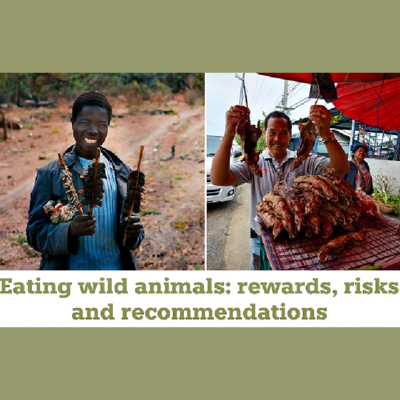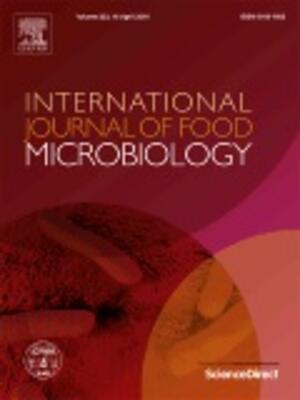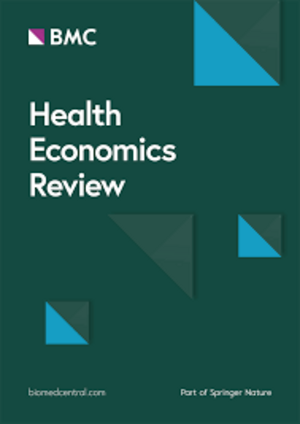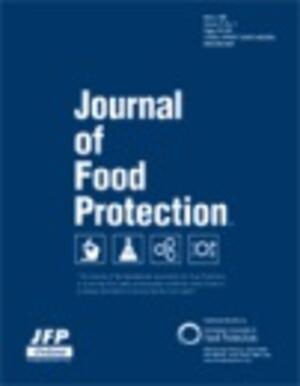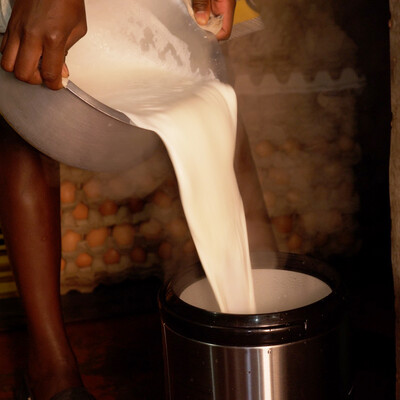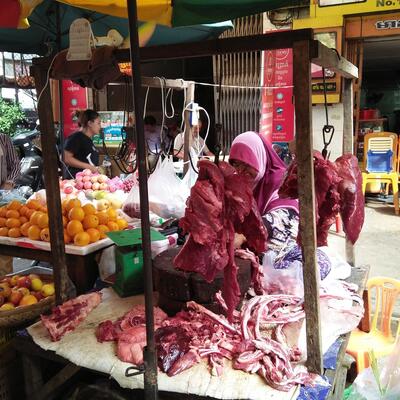
Markets in Vietnam: A snapshot of transforming food systems
As part of our recent meetings in Vietnam, the A4NH team had the opportunity to visit three different markets in Hanoi: a traditional wet market, a smaller neighborhood market, and a supermarket. What we saw and learned during those visits provided insights into what challenges arise as a food system transforms.
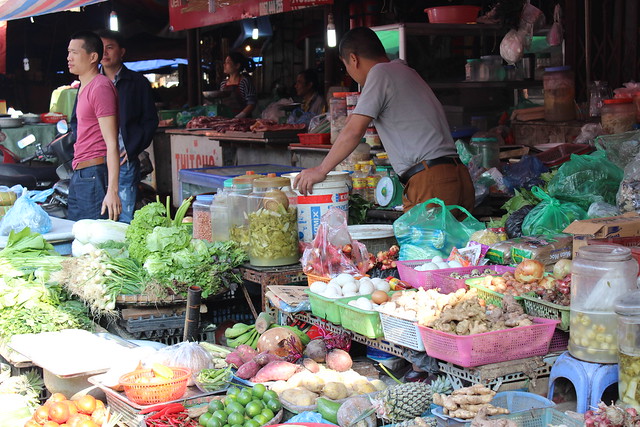
Food are sold in a fresh food market in Hanoi (photo credit: ILRI/Chi Nguyen)
Safety Concerns Aren’t Always What You Think
Food safety is a subject of keen interest to people in Vietnam, and the government takes this issue seriously. A4NH researchers are working closely with the government in this area, particularly to address concerns and policies in traditional wet markets, where many people purchase their food.
While supermarkets offer options including the ability to trace where produce and other products come from, many people still find themselves turning to the same wet market vendors they have patronized for years: placing their trust not in technology and innovations but instead in relationships built over years. At this stage of food system transformation in Vietnam, research has shown that informal markets aren’t necessarily less safe than formal ones. Trends such as these make clear that food safety policies and regulations will need to be adjusted to fit the evolving supply chain and market transformations from traditional wet markets to integrated supply chains for export and domestic supermarkets.
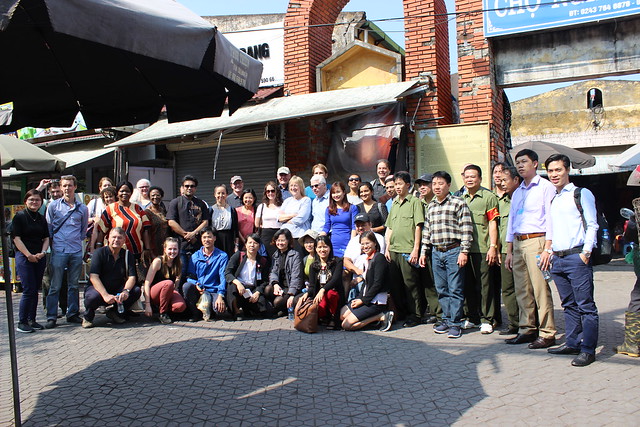
A4NH team gathers outside a market in Hanoi (photo credit: ILRI/Chi Nguyen).
Do Consumers Have to Choose Between Fresh and Convenient?
In a quickly growing, urbanizing country, consumers place a premium on convenience, but convenience means different things to different people. Sometimes, it’s about access: in the wet markets and at roadside food stalls, one is struck by how many people ride up to the counter or cart on their motorbike, make their purchase, and ride away. Such a thing would be, of course, impossible in a supermarket, where parking is also often extremely limited. How will these logistical issues shape market growth, particularly in urban areas?
For other people, convenience is about time. Many people, particularly those in urban areas, find themselves increasingly faced with a time crunch, and what often falls by the wayside is the time available to purchase and prepare food on a daily basis. Supermarkets offer access to foods that are already prepared, or where some level of preparation is already done, and the ability to purchase enough for several days, reducing the frequency with which shopping must be done. As markets evolve and time-strapped consumers have more choices, will these changes impact consumption of a diverse and nutritious diet?

A4NH researchers learn about produce tracing in a supermarket in Hanoi (photo credit: ILRI/Chi Nguyen).
For still others, convenience isn’t an option: choices are made out of necessity. For the urban poor, shopping in the wet market offers reasonable prices and the ability to purchase just what you need — or can afford — for a meal or a day. Street food provides an inexpensive meal for those who don’t have facilities or time to cook one. While risks in the safety of the food do exist, an unintended benefit is that these vendors offer a wide variety of fresh foods, including meat, dairy, fish, fruit, and vegetables. Regular access to these foods is a key reason why dietary diversity is quite high in Vietnam, compared to other countries. As the food system transforms and living standards improve, will this benefit be lost?
Insights such as these help illustrate why food systems transformation needs to be considered as an evolving process, with the unique circumstances shaping different situations and responses. They also underscore the importance of policy makers and researchers working with all stakeholders — producers, market agents, and consumer groups — to understand the contexts and incentives of people. Such insights and processes are critical to help ensure that interventions are feasible and sustainable and that the impacts on people’s health and diets are positive ones.
This post is written by John McDermott, the Director of the CGIAR Research Program on Agriculture for Nutrition and Health (J.McDermott@cgiar.org)








